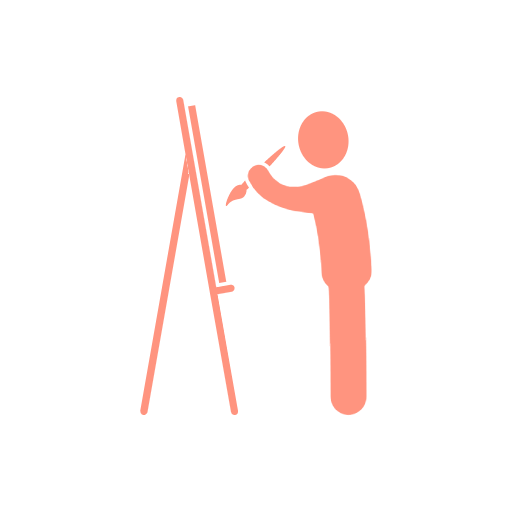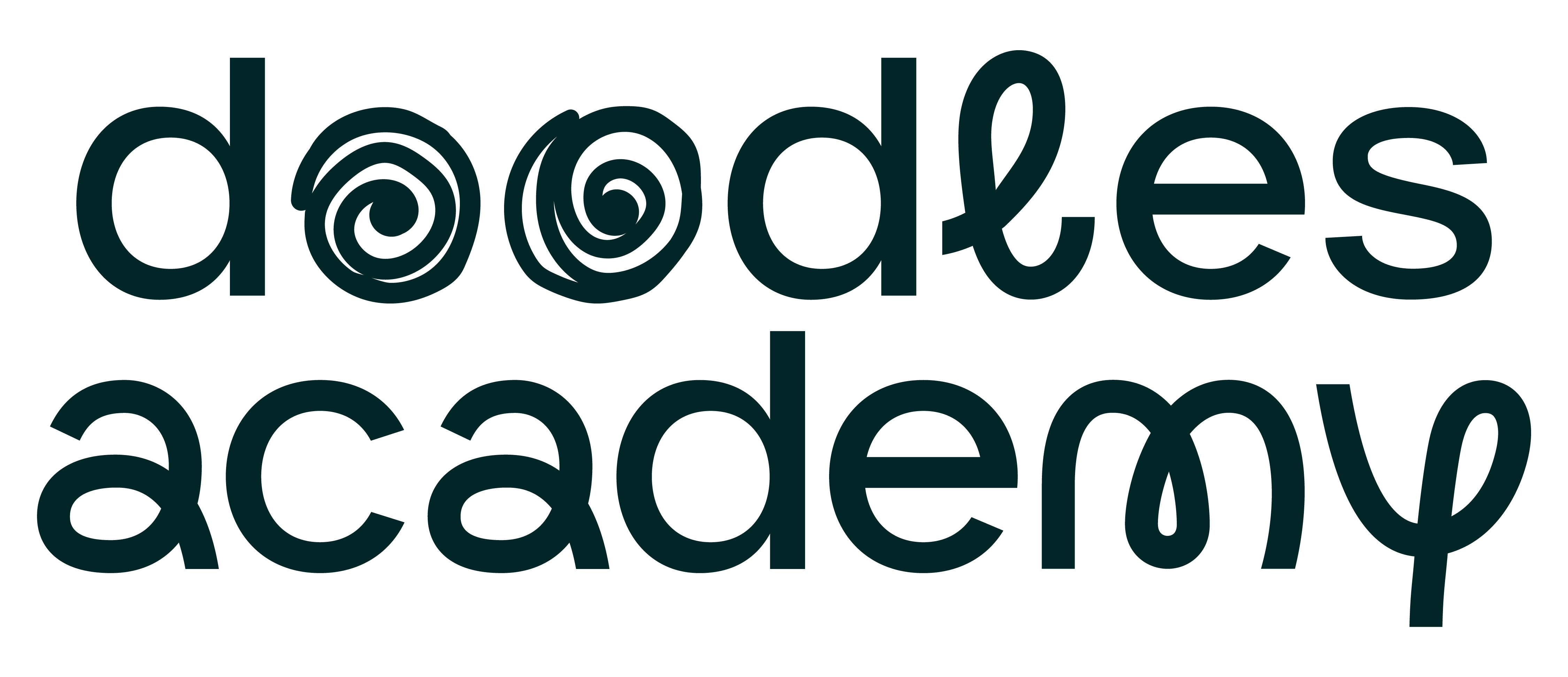Back to: Close Encounters (lower grades)
Overview:
In this lesson, student artists learn about the artist Georgia O’Keeffe and familiarize themselves with her work.
Students will be able to:
-
identify Georgia O’Keeffe, highlight some of the important parts of her life, and discuss her work.
Setup:

Students will be working independently, but traveling in groups to different stations.

This lesson will have multiple stations that the teacher will need to set up beforehand. See notes below.
Set up 3 or 6 stations (depending on class size) in the classroom.
Station 1&2: Flower Station: a selection of her Flower paintings, printed, with a couple of plants or cut flowers, and pencils
Station 3&4: Desert Stations: a selection of her desert paintings, printed, with collage materials
Station 5&6: Biography Station (see: Media) a selection of various research materials on her life, such as books and biographical handouts (see: Photocopies & Media).
Optional: set them up with tablets or computers to research on their own. Consider in advance how to have students rotate around the stations.
Materials:
- Miscellaneous plants or cut flowers (fake is ok)
- Pencils
- Colored pencils
- Erasers
- Tissue paper
- Construction paper
- Glue or glue sticks
- Scissors
Media:
-
‘My Name Is Georgia: A Portrait’, by Jeanette Winter (consider photocopying selections or getting multiple copies from the library)
Handouts & Photocopies:
- A selection of Georgia O’Keeffe flower paintings, printed, for stations 1&2, and a selection of desert paintings, printed, for sections 3&4. (Print enough so that all students will have a choice of what to look at.)
Flower_Images_for_Introduction.pdf
Send home: L1_Close Encounters
Lesson 1
5M, INTRODUCTION VIDEO
WATCH THE INTRODUCTION VIDEO & CHECK FOR UNDERSTANDING
Check for understanding by asking, “Who was listening closely that can sum up what we are doing today?” Make sure that student artists can list all the steps and clarify anything that needs clarifying.
- Name Georgia O’Keeffe! Consider having the class do a call and response (I say “Georgia” you say “O’Keeffe.”
- Discuss what Georgia O’Keeffe did.
- Repeat instructions for the three stations, and how to move between them.
20-25M, WORKTIME
FOCUS ON STUDENTS USING OBSERVATION SKILLS TO STUDY AND MAKE INFERENCES ABOUT THE ARTIST
Student artists will be working at one of three different stations, then rotating. While they will be making individual studies, they should be moving around the classroom as groups.
At this point, students are not invested in a final work, rather, they are making observations and connections about the artist and her work. They are noticing patterns, colors, and themes that come up in her work, and they are connecting this with her biography. The teacher should encourage conversation based studying the artworks closely and drawing conclusions rooted in their observations (such as: they looked at her flower pictures and noticed that she always zoomed in close, which made them think X,Y,Z).
5-10M, CLEAN-UP/PRESENTATIONS
STUDENTS GROUP DISCUSS A SELECTION OF THE ARTWORKS THAT THEY STUDIED
Depending on the teacher’s style of classroom management, it might be helpful to only choose and train a few student artists to clean. The rest of the class can be busy with a group discussion in a different part of the room. Make sure to train these helpers well in advance so that you aren’t left with a messy room.
Clean-up times will vary with materials; get to know your class and allow 5-10 minutes depending on how efficient they are and whether the material was messy.
While select students are cleaning, choose an artwork that the students studied and have a group discussion about it. Start by asking: “What can we find?”. Paraphrase what the student says for the benefit of the class, being careful to remain neutral, then ask “What else can we find?”.
Before the students leave, tell them that in the following lesson they will be looking closely at an object and drawing it. If they would like to bring in a small object from home that has special significance, they can.
ANTICIPATED PROBLEMS
-
If a student is upset that they didn’t ‘finish’ at a particular station, remind them that this lesson is a way for them to study, observe, and learn about Georgia O’Keeffe and her artwork. Since they can take everything home with them today, and if they don’t finish at any particular station, they can finish at home.
EARLY FINISHERS
N/A: all students will finish at the same time since they are rotating in groups.
This project is free to access, but after the first lesson, you will have to create a free account and enroll in the course. After you create an account and enroll, the project can be accessed from the ‘artroom’ tab at the top of the page.
